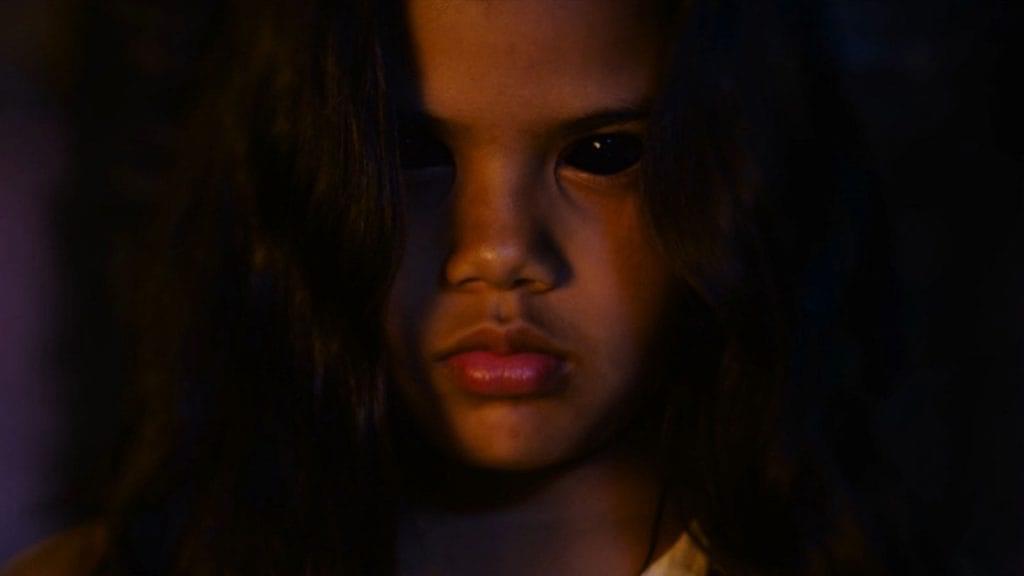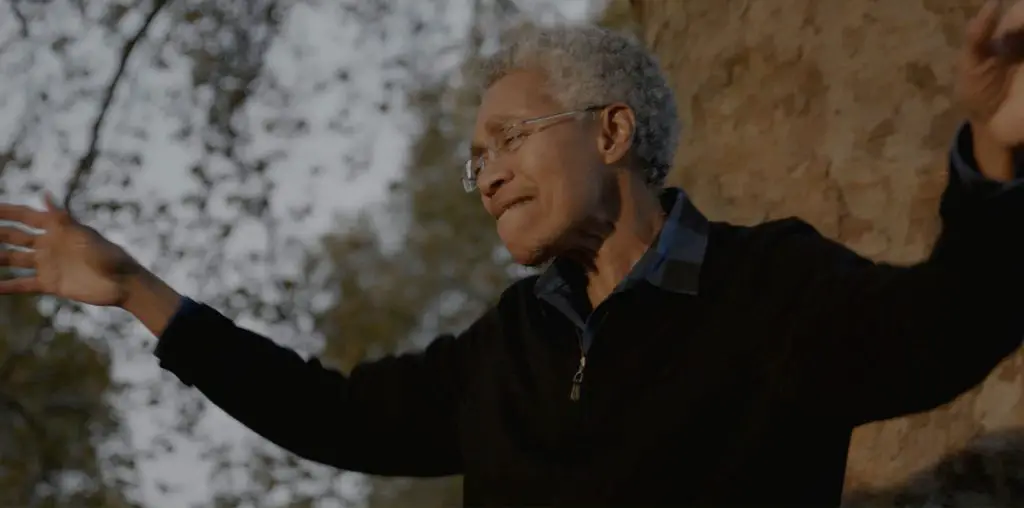
On the surface, “Standing by Yourself” would seem to be one of the less interesting features in the Slamdance competition. Billed as an “experimental documentary” by a college student who filmed his bad-boy younger brother and a rambunctious friend as part of a senior thesis project, “Standing by Yourself” promised to break little new ground in the sub-genre of malcontented youth flicks. But nothing could be further from the truth.
Watching Josh Koury’s “Standing by Yourself” is like watching a freight train plow into a vehicle stalled on a railroad track. It is a horrifying and devastating spectacle of life gone dreadfully out of control, yet it is also riveting and hypnotic in such a dramatic sensation that you are left breathless by the sequence of events which will haunt and torture for as long as your memory remains intact. This is the rare documentary which locates and strip-mines the extraordinary from the realm of the ordinary, leaving its audience exhausted by the events captured on camera.
“Standing by Yourself” begins with deceptive humor. Sixteen-year-old Josh Siegfried, a rude youth in the small town of Clinton, N.Y. is whining to his mother for money so he can go to a movie with friends. Mrs. Siegfried asks why Josh is being followed by someone with a camera, and Josh explains that he and his pals will be part of a new film which focuses on teenagers who hang out at the mall. Mrs. Siegfried then comments with a lethal deadpan: “Hasn’t that already been done before…’Mall Rats’?”
Well, Mrs. Siegfried, “Standing by Yourself” ain’t Mall Rats by any stretch. Josh and his pal Adam Koury (the filmmaker’s younger brother) have a strong case of the teenage bad-a*s blues. Their leisure time (which seems to be excessive) is devoted to smoking, gulping down liquor, rolling joints, and getting stoned on a mix of tussin cough mixture and apple juice. The local police have a habit of tailing them whenever they are about and the security guards at the mall ask them to leave when they attempt to bring liquor into the food court. Antagonized by their community, teachers and mothers (both boys have absent fathers), the duo create a tight bond in which they simultaneously answer their hostile world with rudeness and hedonism. While Adam clearly has attitude problems and has no problems in stealing drugs that belong to his estranged Vietnam vet father, Josh is the alpha male and takes his outrageousness to urinating in public and harassing bystanders with scatological language and gestures.
In a brilliantly ghastly sequence, Josh and Adam are joined by an equally out-of-control buddy for a night’s worth of getting high. The late-night setting required filmmaker Koury to shoot in infrared, giving his subjects the glow of light-green skin. As they ride about in the backseat of a car, the trio’s narcotized systems take control of their vocal chords and they babble in incoherent dementia while their eyes lose focus and their bodies turn limp. In their green hue and drugged-up state, the boys cease to become boys and become weird things; whatever sensations they were expecting to experience is not shared with a sober audience watching the self-destructiveness.
“Standing by Yourself” is bisected by a time jump in which Josh apparently gets too much out of control and winds up serving a brief prison spell (a situation he preferred to 100 hours community service). He returns from the slammer with a new bounce in his walk, a startling new look (a pink Mohawk and punk rock wardrobe), but the same problematic personality. Adam, however, is also changing and increasingly the tight comradeship he shared with Josh has been diluted to the point that he is spending more of his free time with a less-colorful pal named J.J. (who is given no opportunity to speak before the camera and whom Josh refers to with undisguised contempt). Adam’s mother also tries to bring some degree of responsibility to her son’s life, but her plan involves getting Adam to provide physical assistance to the lad’s overweight older brother Rich, whose mobility is limited due to a broken leg.
Adam clearly does not want to be Rich’s nurse, yet his kinship with Josh is becoming cooler. Josh, for his part, loses the ebullience he displayed after leaving jail and starts to sink quickly into drug abuse. He finds a new circle, even at one point washing dishes for the girlfriend of a pal who is in prison. Josh’s wild ways are making him less of a good-time-Charlie; a session of tussin and apple juice leaves him nauseous to the point that he vomits uncontrollably and needs to find a public restroom.
At one point towards the end of the film, Adam’s mother looks beyond the camera and scolds the filmmaker for not offering better guidance for his troubled brother. After that lecture, the camera is unexpectedly turned on Josh Koury and he looks into its lens: his visage is enigmatic, unsmiling, almost alien of emotions and feelings. The other people who came before the lens are also brought in for a closer view and they share the same stoicism that Koury present. All but Josh Siegfried, whose elaborate Mohawk and punk clothing suddenly seem so large and ill-fitting on him. Josh puts on the deadpan expression, but his eyes betray him. His are the eyes of a poor soul who mistakes rebellion with recklessness, eyes that sever their instructions from the self-destructive brain and cry independently for help. To look into these tragic eyes and come away unmoved is to have a stone in place of a heart.
“Standing by Yourself” does not offer a solution to its problem. Instead, it closes with Adam’s mother recalling a nightmare in which she is drowning and no one comes to her rescue. To her good fortune, she was able to wake up. For Josh, Adam and countless young people like them, that nightmare takes place when they are awake. “Standing by Yourself” might be an isolated S.O.S. from a few kids in a distant small town and the events captured by Koury’s camera are perhaps no different than any other happenings. But they were captured, with a brilliance and professionalism which is without precedent for someone coming to filmmaking for the very first time. As a work of cinematic art, “Standing by Yourself” resonates like a thunderstorm.
Read FilmThreat.com’s exclusive interview with the director in JOSH KOURY STANDS AND DELIVERS>>>

